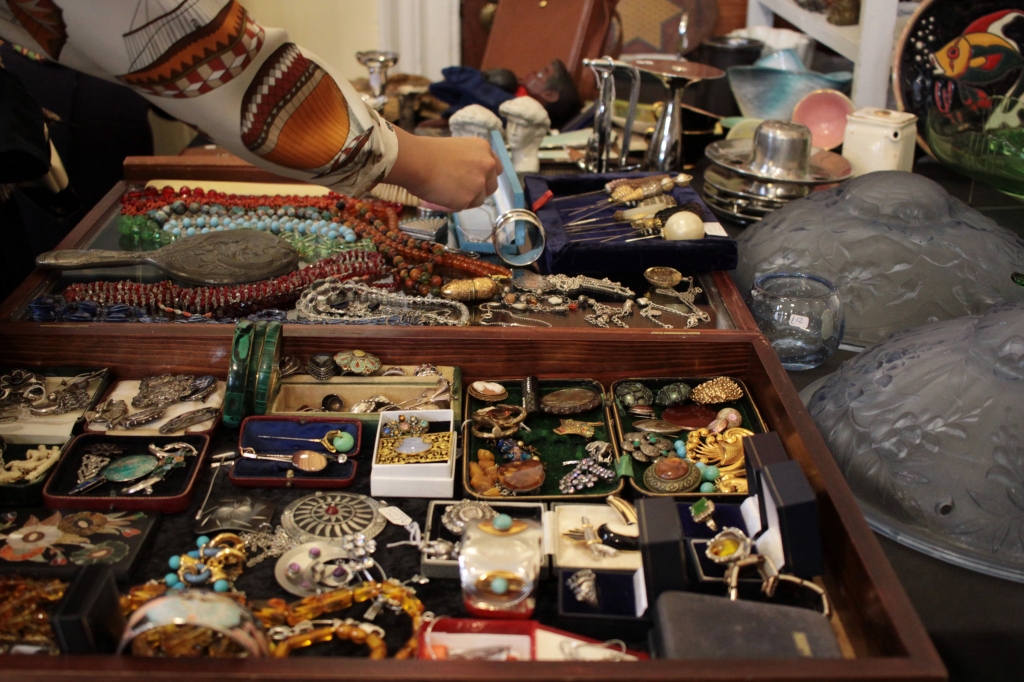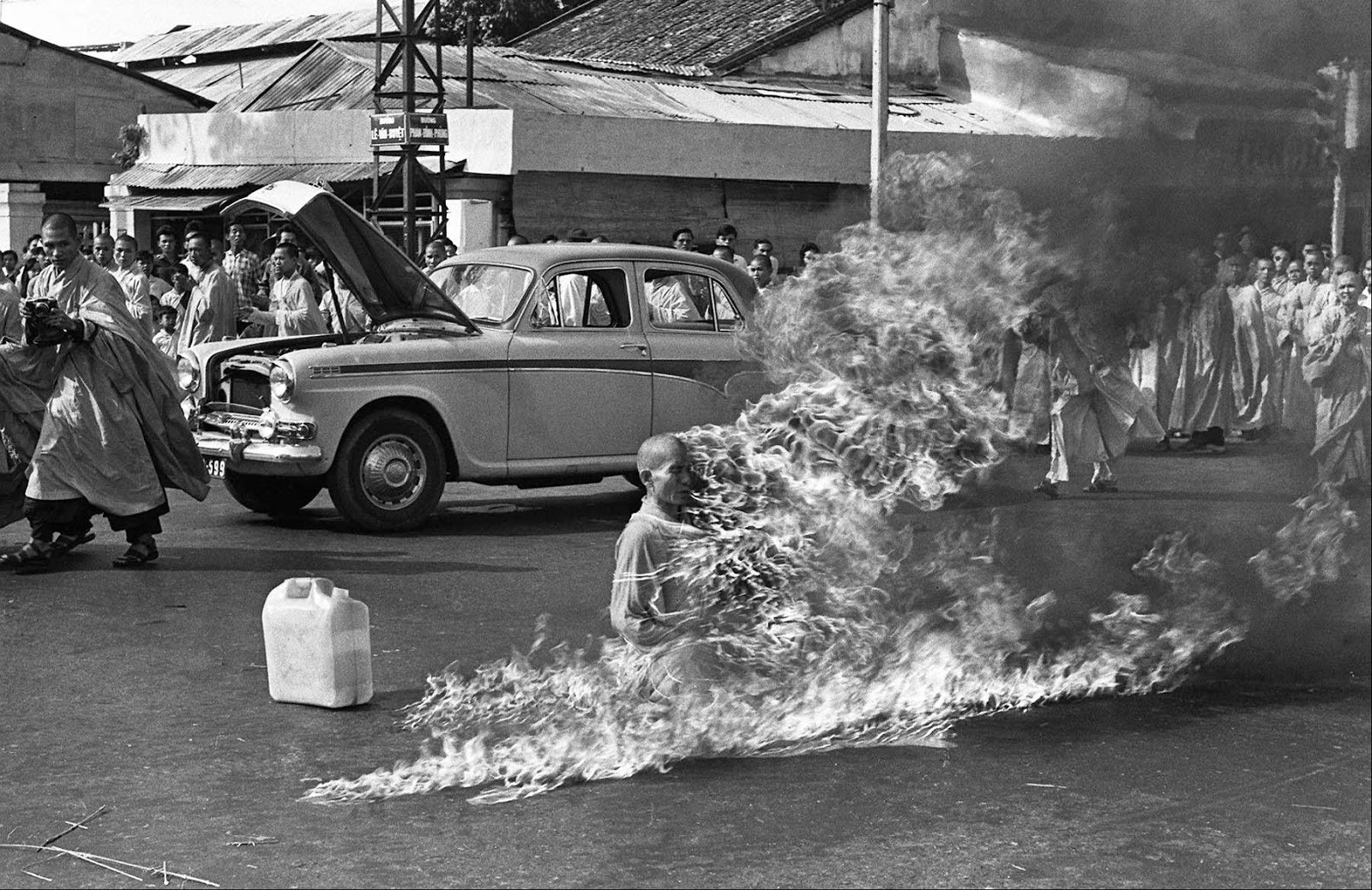Photojournalism is a complex area of photography to discuss, as on the one hand you have journalists who are willing to give up their lives for the greater good of images reaching the general public and people of power.
An example being the life of Marie Colvin a journalist (albeit not a photojournalist) and photojournalist Rémi Ochlik who were killed in Syria. Her story has since been made into a movie – depicting her bravery and journalistic efforts. But on the other side you have journalists who potentially take images to support powerful people’s ideals.
In my research I came across a photograph of a lynching which took place in 1937, Duck Hill, Mississippi. I believe the image was captured by a member of the public – but I haven’t been able to obtain this information – in any case, the below image was circulated and published in Time magazine. Due to the pictures’ horrifying content of two black men, stripped naked, tortured, set on fire and murdered but then to also be photographed, caused outrage across America (Scott Gilmore, 27th August, 2015, https://.macleans.ca/news/world/another-deadly-day-in-america/). So not only was this a form of Citizen Journalism but also an example of the impact of showing gruesome imagery can make real change to politics and humanity.
Another image of the same event taken of just Robert McDaniels titled “Death Slump at Mississippi Lynching (1937)” was shown in Edward Steichen’s exhibition The Family of Man but was shortly removed from the exhibition due to shocked onlookers spending too much time viewing the image and disrupting the flow of the exhibition. But after the removal
“One of the recommendations of the [UNESCO] committee was to mount an exhibition on civil rights, and it is likely that Steichen wished to reflect in his own exhibition something of the visual reach of that socially conscious aim…By including and then withdrawing the controversial image, he became responsible for raising a socially contentious issue only to suppress it.”
John O’Brian, The Nuclear Family of Man, July 2, 2008, Volume 6 | Issue 7 https://apjjf.org/-John-O’Brian/2816/article.html
Michael Kambers’ exhibit (Bronx Documentary Centre, http://www.alteredimagesbdc.org/) of photos where photojournalists have produced propaganda and fake photos, shows how a reader and viewer might lose faith in photojournalists. As newspapers and media outlets aren’t always truthful, we must question the ethics of each photojournalist, particularly when their goal might be to get the print and make money. I follow an Instagram account called Creative Mobs (https://www.instagram.com/creativemobs/?hl=en) who post daily images people have either created solely using graphic design software, or manipulated an existing photo and created illusions. Other than showing great technical ability, it also enhances how we can trust imagery with such advanced technology, and the ever merging of reality and AI within film and media.



